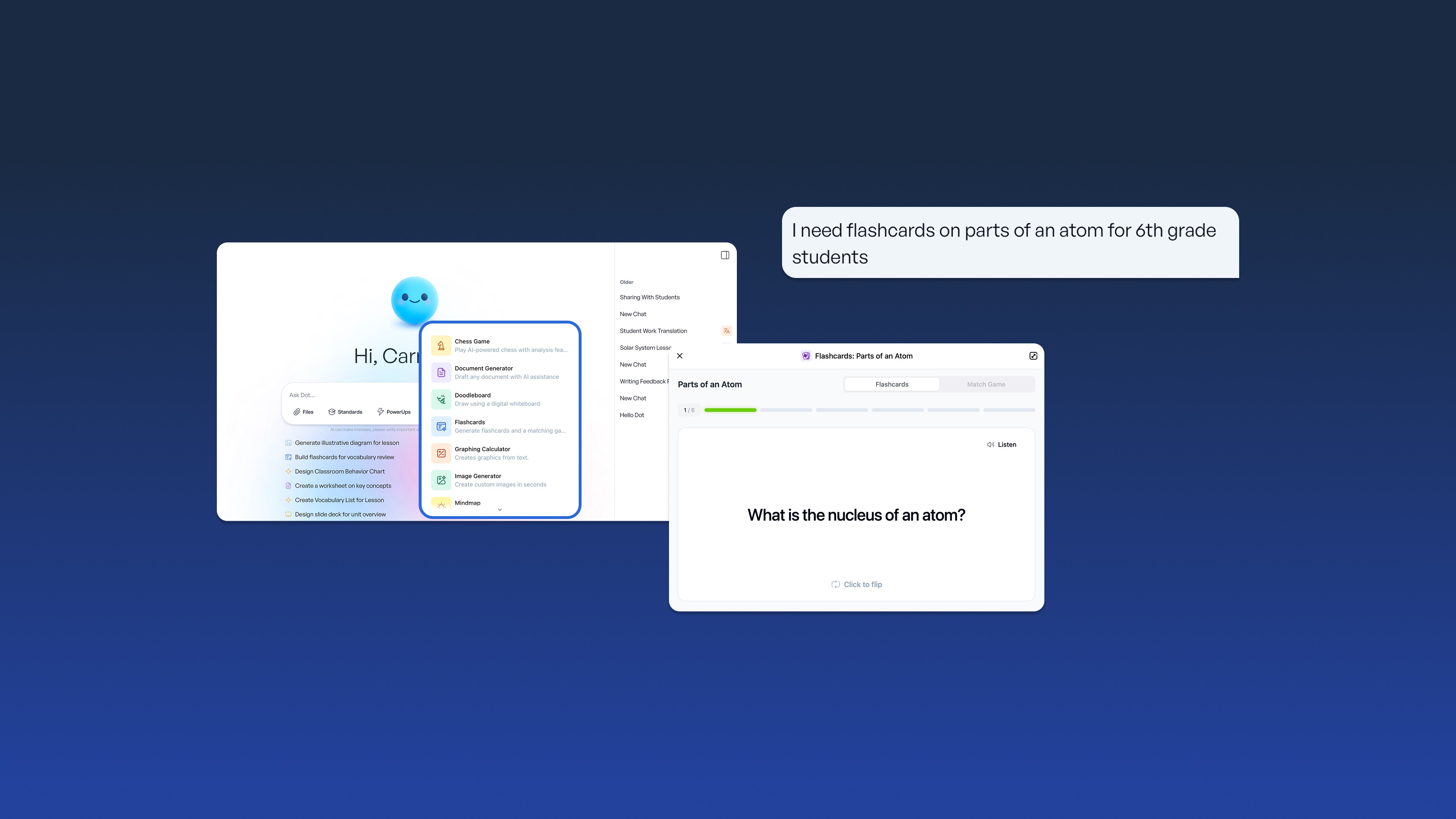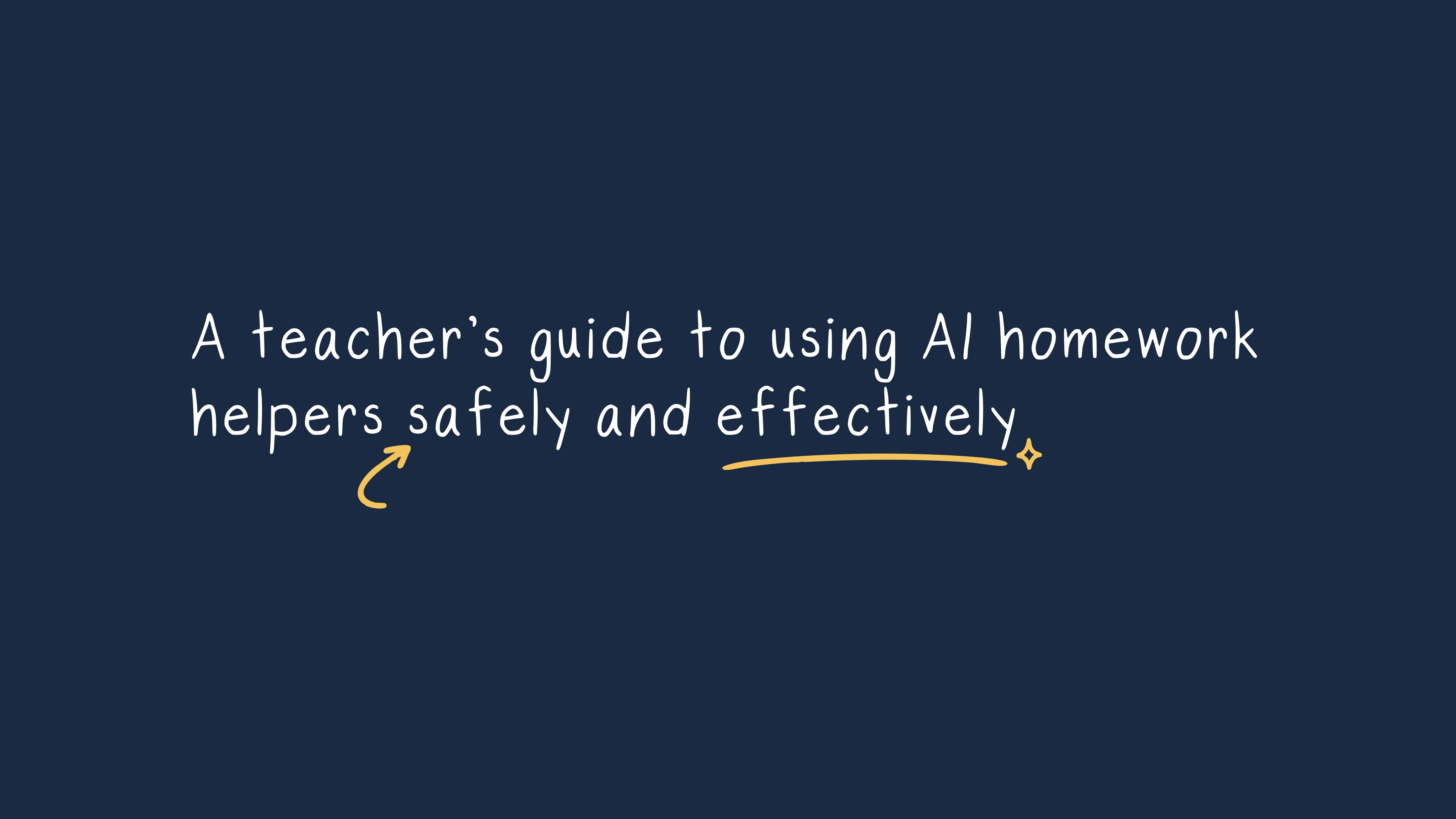Kasey Chambers
Apr 11, 2025
Get started
SchoolAI is free for teachers
Key takeaways
Timely feedback has a powerful effect size of 1.13 on learning achievement, according to Hattie's research.
The optimal window for feedback is 24-48 hours, after which its effectiveness rapidly diminishes.
Brain science explains feedback's power through working memory limitations and neural consolidation.
Technology tools like audio recording and AI-powered platforms make delivering quick feedback more manageable.
Differentiated feedback strategies should accommodate diverse learners, including those with ADHD, dyslexia, and ELLs.
Want to know the secret weapon of great teaching? Timely feedback—delivered at the right moment—significantly impacts student progress. John Hattie's research shows that feedback has an effect size of 1.13 on learning achievement, where an effect size of 0.5 represents a one-grade leap at GCSE. In other words, feedback can facilitate the equivalent of more than two years of progress, making it one of the most powerful educational tools.
The sweet spot for boosting student progress? Feedback within 24-48 hours. Wait longer, and its impact fades fast. When students receive timely feedback, they can adjust while everything's still fresh in their minds, leading to faster improvements and better learning.
Let's explore why timing matters so much, examine different feedback approaches, and share practical ways to provide meaningful feedback that empowers your teaching without overwhelming your schedule.
The science behind timely feedback and student progress
Ever wonder why timely feedback works best when it's quick? The brain science behind understanding learning processes explains it all:
Working memory limitations: Our brains can only juggle 4-7 items at once. When feedback arrives within a day or two, students can still connect your guidance to their work because the details haven't faded yet, enhancing student progress.
Neural consolidation: Quick feedback shapes neural connections while they're still flexible, reinforcing what's right and fixing what's wrong before incorrect patterns get cemented in memory, promoting better student progress.
Enhanced retrieval practice: When students try to remember something and then get immediate feedback, they create stronger memory pathways. This one-two punch works because the act of retrieving primes the brain for learning, aiding student progress.
Developing metacognition: Fast feedback helps students understand their own thinking. They can evaluate what worked, what didn't, and why—while the experience is still vivid—leading to improved student progress.
Understanding timely feedback approaches for student progress
Three main timing strategies exist, each with its own sweet spot:
Immediate Feedback happens within minutes. It lets students fix mistakes on the spot, reinforces correct answers instantly, and keeps engagement high. This works wonders for facts and step-by-step skills, accelerating student progress.
Rapid Feedback comes within 24-48 hours. It gives you time to craft thoughtful responses while students still remember what they did. For most assignments, this hits the perfect balance for enhancing student progress.
Delayed Feedback (after a week or more) makes sense for complex projects that need deep review, for sensitive topics, or when spacing out learning might help long-term memory.
Match your timing to your goals—immediate works best for basics, while that 1-2 day window hits the mark for more complex tasks, optimizing student progress.
Building a comprehensive feedback system to boost student progress
Creating an effective feedback system and utilizing efficient feedback tools takes planning.
Formative vs. summative considerations: Quick feedback works best during the learning process, while end-of-unit assessments, part of effective assessment practices, can take a bit longer to evaluate thoroughly, ensuring sustained student progress.
Creating feedback loops: Make sure students use your feedback in their next tasks. Have them track improvements and practice assessing their own work, utilizing educational coaching strategies to enhance their progress.
Setting clear success criteria: Tell students exactly what success looks like before they start. Connect your feedback directly to these goals and show examples of what "good" looks like, facilitating better student progress.
Building student reflection: Get students involved by having them assess their work before seeing your feedback, create action plans based on your comments, and regularly check their progress towards their goals.
Technology-enabled tools for timely feedback and student progress
Technology has transformed the feedback process, enabling more personalized responses while focusing on what matters most—connecting with your students and fostering their progress:
Real-time digital assessment platforms like SchoolAI have AI-powered bellringers that let you see and respond to student work during class, right when it matters most for student progress.
Audio and video feedback tools create richer communication for complex assignments, enhancing student understanding and progress.
Automated feedback systems can handle routine elements like personalized essay feedback, while you focus on deeper feedback. Research shows these systems boost student satisfaction while freeing up your time for more meaningful interactions that promote progress.
Integrated LMS tools like Google Docs enable real-time editing and commenting that turns feedback into conversation, supporting immediate adjustments and student progress.
Differentiated feedback strategies to enhance student progress
Different students need different approaches, such as adaptive learning techniques, to maximize their progress:
For students with ADHD: Break feedback into smaller chunks, use personalized education plans, add movement breaks between feedback sessions, and color-code comments by priority to support their progress.
For dyslexic students: Use dyslexia-friendly fonts that are larger with more spacing, record audio versions of written feedback, and include visual guides or structured feedback tools to structure your points, aiding their progress.
For English Language Learners: When possible, offer bilingual feedback, pair text with visuals, use grammar correction tools, and keep language clear and direct to facilitate their progress.
Universal Design for Learning (UDL): Provide feedback in varied formats, use clear, structured language, and allow flexible pacing to support diverse learners and their well-being..
Managing teacher workload while providing timely feedback
Sustainable feedback practices keep you effective and energized, ensuring you can continue to support student progress:
Strategic prioritization: Focus detailed feedback where it will make the biggest difference and save your deepest comments for major assignments that significantly impact student progress.
Time-saving techniques: Recording audio feedback is approximately three times faster than writing comments. Build comment banks for common issues, focus on 2-3 key improvements per assignment, and address patterns with whole-class feedback to efficiently support student growth.
Establishing sustainable rhythms: Switch between subjects for in-depth feedback, create a weekly schedule, and protect "no grading" days to prevent burnout, ensuring consistent support for student progress.
Peer feedback protocols: Train students to give each other structured feedback using clear guidelines. Research shows that 72% of students become more engaged when getting meaningful feedback from peers, boosting their progress.
Putting timely feedback into practice: Your roadmap to student progress
The evidence speaks for itself: timely feedback drives learning and achievement. To create a growth culture in your classroom and boost learning:
Provide feedback within 24-48 hours for maximum impact
Focus on specific actions students can take, not vague comments
Connect your feedback directly to learning goals
Mix up your methods to reach different learners
Create systems that make quick feedback manageable
By using these practices, you'll boost both immediate performance and students' ability to guide their own learning—a skill they'll use for life, ensuring ongoing student progress.
Try improving just one area of your feedback timing this week to enhance student progress. For more research-backed teaching strategies and educational insights, check out SchoolAI, the everyday school and learning experience platform that helps you personalize student learning while connecting the dots between students, teachers, school leaders, and parents.
Transform your teaching with AI-powered tools for personalized learning
Always free for teachers.
Recent posts
Create lesson plans that work: Strategic planning for teachers
Cheska Robinson
—
Dec 18, 2025
A teacher’s guide to using AI homework helpers safely and effectively
Heidi Morton
—
Dec 18, 2025
AI vs. human connection: The real battle for student attention
Cheska Robinson
—
Dec 15, 2025
How AI can help teachers boost student participation in group activities
Cheska Robinson
—
Dec 15, 2025





